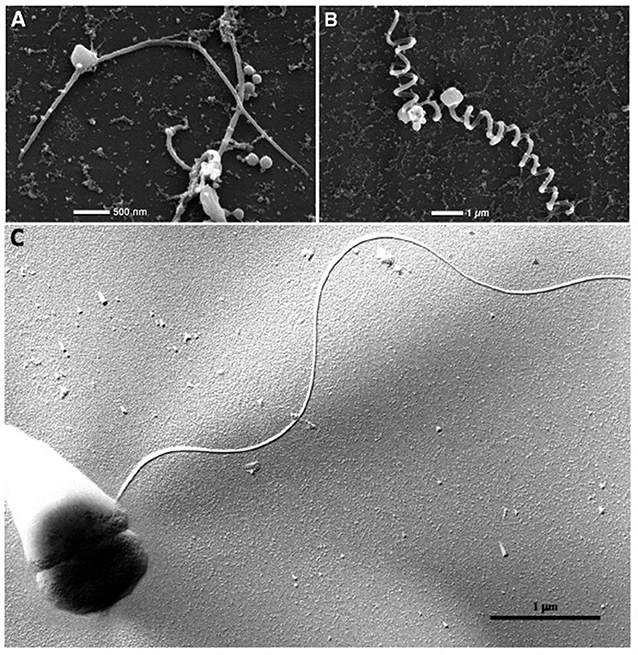
“Pit of despair” claims another victim.The deep-sea brines of the Red Sea are some of the most extreme environments on Earth.

Photo credit: NautilusLiveĪ crab that fell into the “pit of despair” preserved by the brine. On one occasion, researchers found a crab estimated to be dead for 8 years with soft tissue still intact.Īside from the Gulf of Mexico, brine pools are also found in the Red Sea and the Mediterranean Sea.Ī brine pool is surrounded by a bed of mussels living with methane-consuming bacteria in the sediment. The hypersaline brine solution often turns these unfortunate animals into pickles. Some brine pools also contain toxic chemicals, such as hydrogen sulfide, aside from methane, that kill any fish and sea creature that come into contact with it, earning them various nicknames such as “Jacuzzi of despair” and “pit of despair” and “hot tub of despair”. The lakes contain almost no oxygen and is far too saline for animals to survive. While mussels thrive along the pool's edge, the brine itself is toxic to most sea creatures. The sediment surrounding the mussel bed is also often covered with bacterial mats. The shores of these methane-laced brine pools are often lined with mussels that survive, thanks to a symbiotic relationship with chemosynthetic bacteria that utilize the methane and turns into a usable carbon sugar. The brine pools that form out of these domes have methane bubbling through the dense saline water. Sometimes when the salt dome is trying to break through the overlying sediment they hit pockets of hydrocarbon deposits. It’s only by the use of thrusters they can penetrate the pools. When researchers sent submarines to investigate a brine pool, they found the submarines could actually “land” on its surface. The brine is so dense that fish and other marine animals can float on its surface, just like people can float on Jordan’s Dead Sea. For instance, ripples on the lake surface caused by movement of seawater, just like wind causes ripples on the surface of water bodies. These lakes within oceans produce the same effect we see in above ground lakes. They puddle on the ocean floor with a visible boundary, called a halocline, at the interface between the seawater and the brine pools. Illustration by Jack Cook, Woods Hole Oceanographic Institutionīrine pools are many times saltier, denser and heavier than the surrounding water. When the dome comes in contact with seawater, the salt dissolves and a localized hypersaline pool of water is formed. A common outcome of this movement is the formation of domes where fingers of salt rises through the overlying layers of sediments and penetrates out of the seafloor. Eventually the overlying sediments became so heavy that it crushed the salt layer below forcing it to shift and move underneath. With water came more sediments and the salt layer got buried deeper and deeper. Something else happened when the two tectonic plates moved apart-the Gulf region was stretched resulting in a dramatic lowering of the basin floor, and it opened a connection to the ocean and the Gulf was once again filled with water.īy the time the Gulf became an ocean, the salt layer had become covered with sediments that prevented the salt from dissolving when the basin was inundated. But they have been broken into two parts when the region rifted apart. These salt beds still exist under the Gulf and the southern United States as far north as Arkansas. As a result, it grew increasingly salty and when it finally evaporated, it left behind a staggering amount of salt across the former seabed in a thick layer up to 8 km deep. Today, the Gulf of Mexico is a deep basin, but during the Jurassic period, some 150 to 200 million years ago, the Gulf was shallow and isolated from the rest of the ocean. They are common in the Gulf of Mexico, where the smallest ones are not much bigger than a puddle, measuring just one meter across, but the biggest pools are up to 20 km long. These saline lakes of dense water on the seafloor has distinctive shorelines and surfaces, and they are called brine pools.

One is kept separate from the surrounding body of water by density arising from temperature difference, while the other is kept separate by it’s salinity. Just like there are waterfalls underneath oceans, there can be lakes on seabed too.


 0 kommentar(er)
0 kommentar(er)
